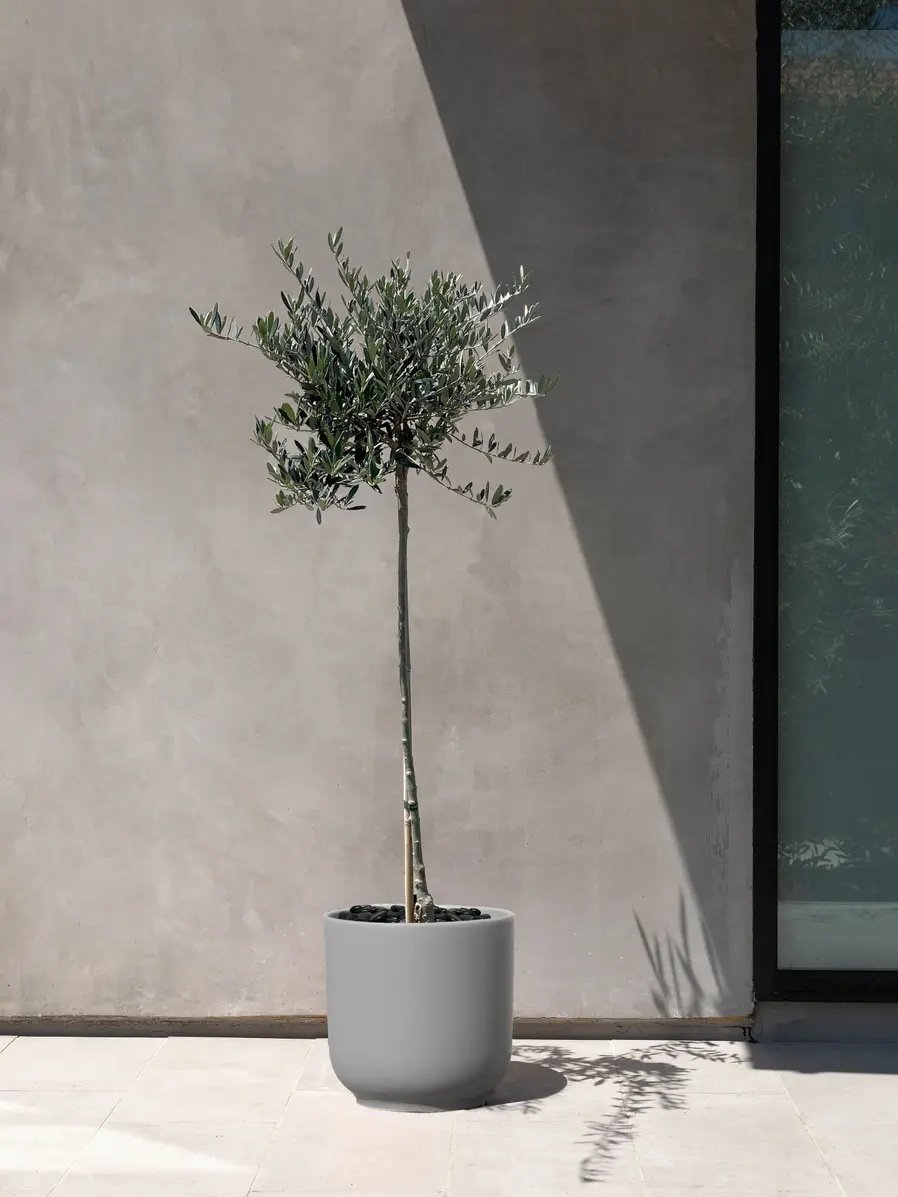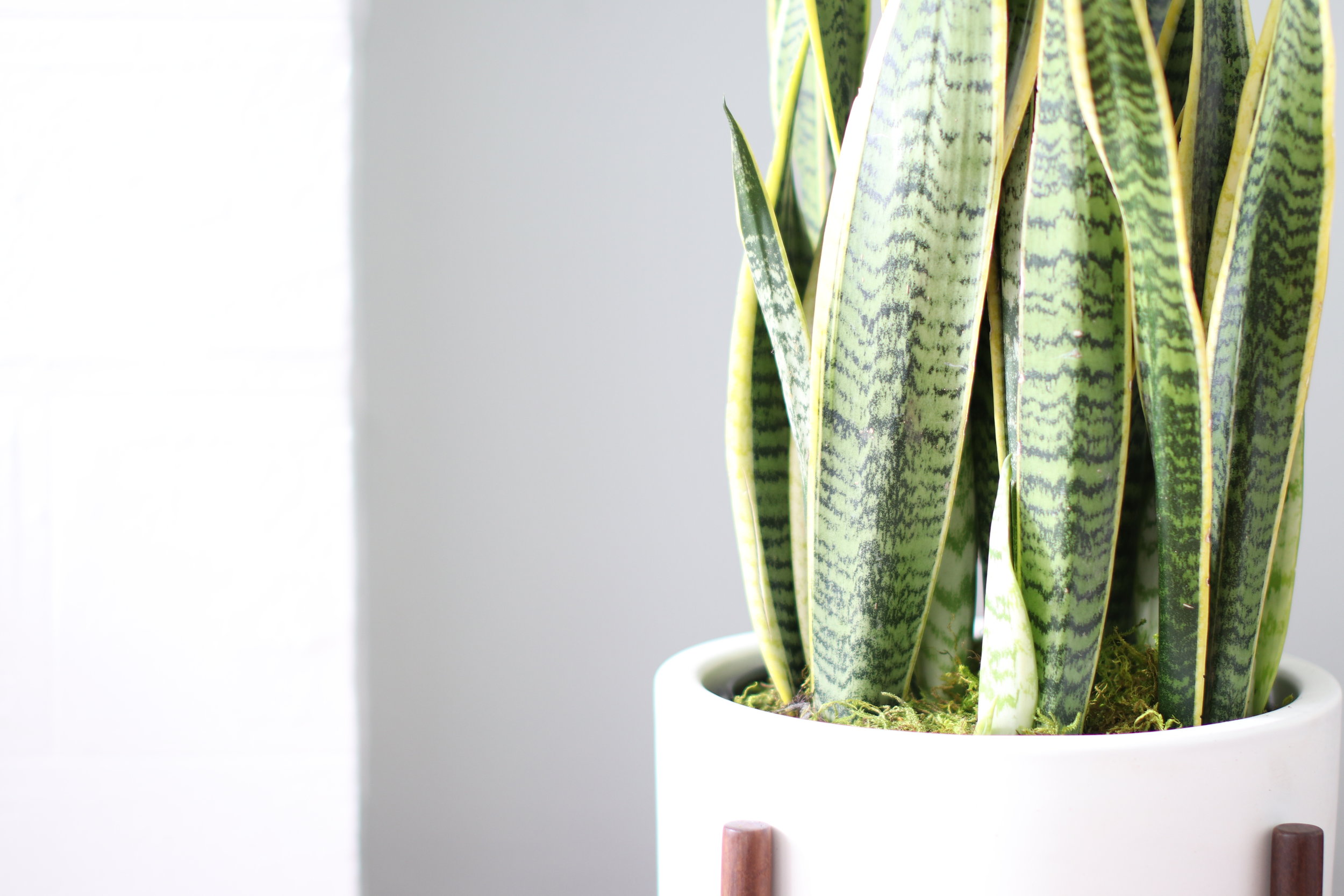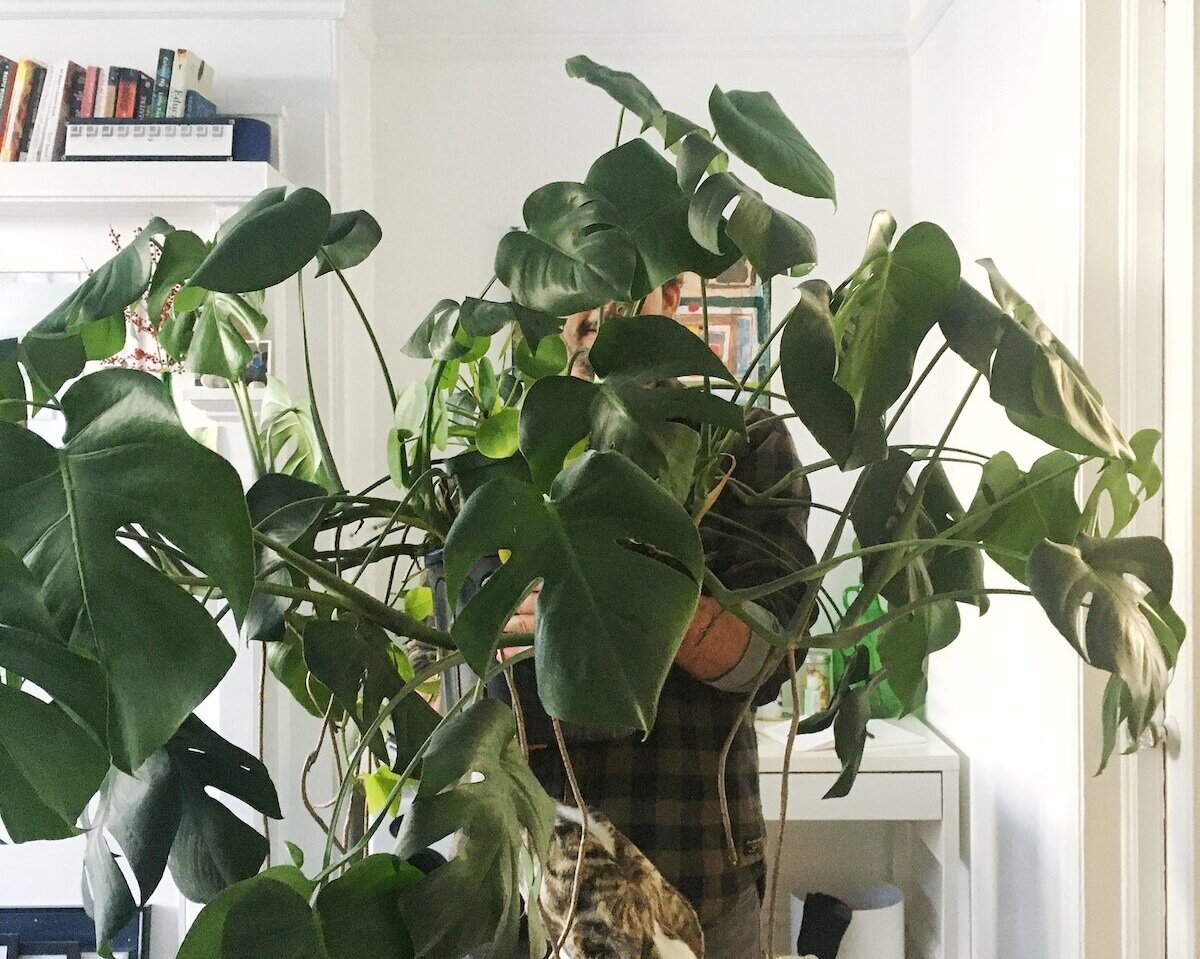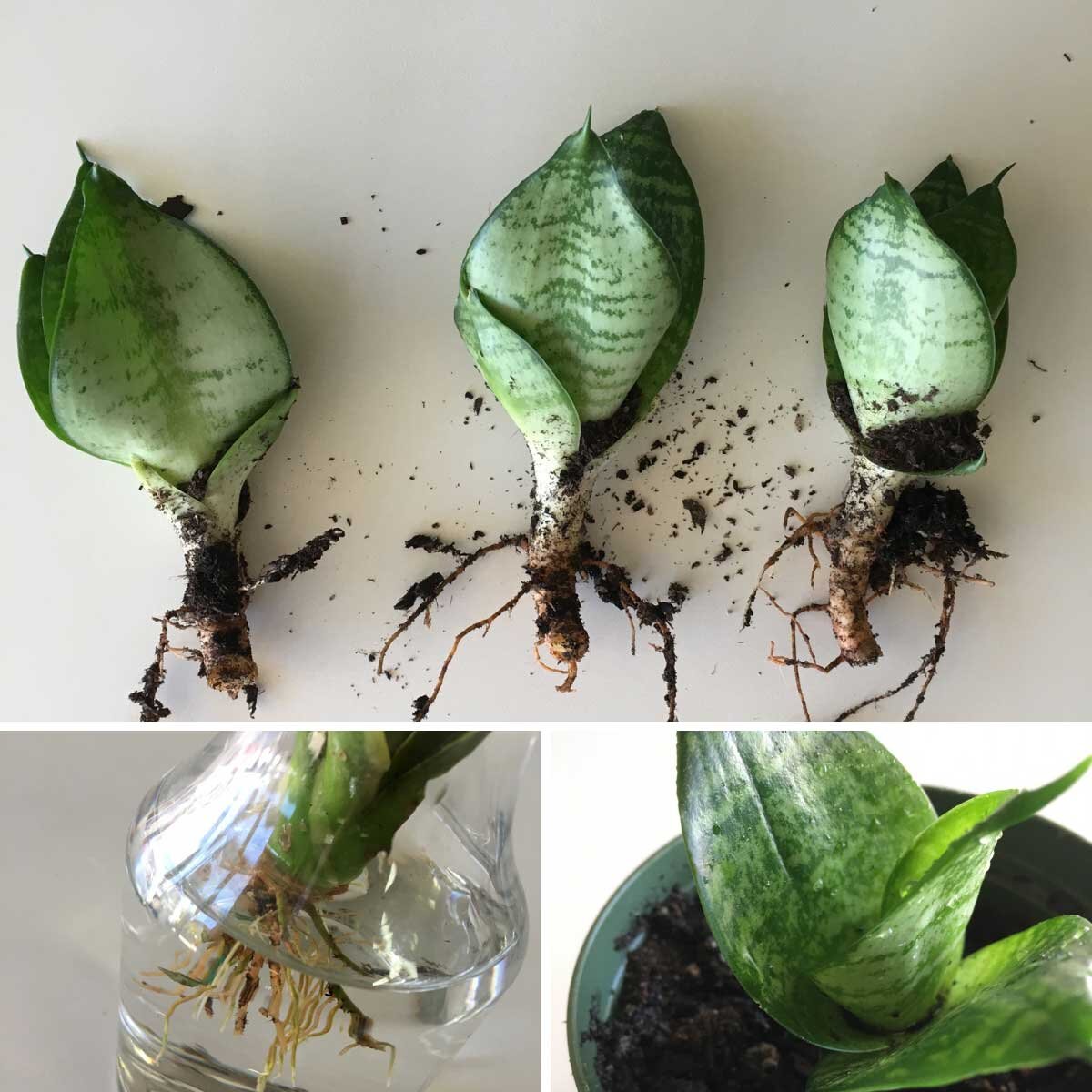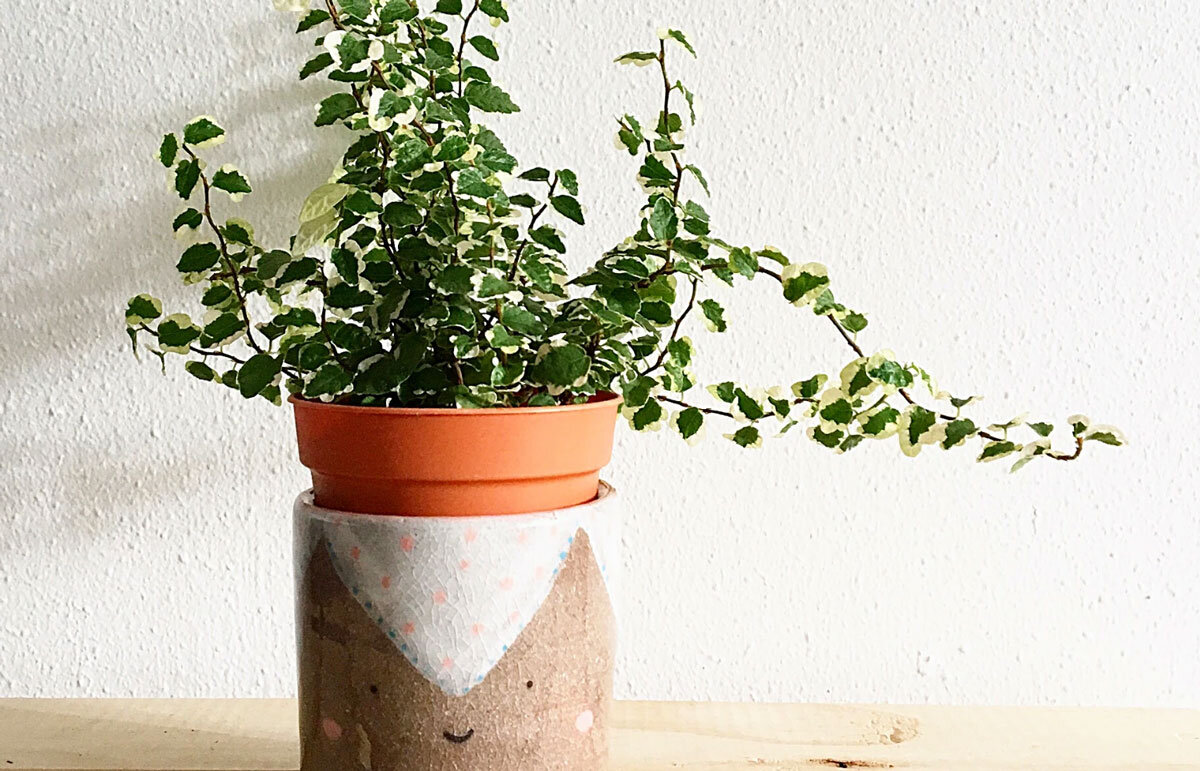How to care for and grow the Sago Palm
Sago Palms, Cycas revoluta, are gorgeous, vibrant statement plants.With feathery light, high-gloss fronds and a richly textured trunk, they add a lush and lively aesthetic to outdoor spaces. Sage Palms are low-maintenance, with a preference for bright light and partial shade, and they are slow growers, so they rarely need repotted. Read on to learn more about how to care for your Sago Palm and watch it flourish!
Light
Prefers ample sunlight and partial shade.
Water
Check moisture of topsoil every 7-10 days, and provide three cups of water when top two inches of soil are dry to the touch. Avoid overwatering.
Growth
Sago Palms are slow growers, but have been known to live for hundreds of years.
Never overwater your plants with these sleek and simple moisture meters.
MOISTURE METERS
Finally, a moisture meter that actually works. Tested by our very own Plant Doctors, all orders of Large or Extra Large Léon & George plant sets include a moisture meter
$24-$29/pack
Common problems with Sago Palms
Scale and Mealybugs
Symptom: Foliage that appears unhealthy, the presence of small brown, gray, black or white insects that may look like a scaly covering.
Cause: Scales or mealybugs.
Remedy: While wearing gardening gloves, clean the plant thoroughly with an insecticidal soap like L’Original. If necessary, a scrub brush can be used to remove pests thoroughly. Treat the entire plant with a spray insecticide or apply insecticidal granules to the plant’s soil.
Limp, Saggy Foliage
Symptom: Foliage that appears exhausted, sags and is not robust.
Cause: Too much water.
Remedy: While wearing thick gardening gloves, grasp Sago Palm by the strongest point of its trunk. Be cautious and support the plant as you lift it, still inside its plastic nursery pot, out of the ceramic pot.
If standing water has collected in the ceramic planter, dump it out. Still in its plastic pot, place the Sago Palm in a spot that receives ample direct sunlight and allow it to dry out thoroughly. Do not give the palm more water until its topsoil is completely dry to the touch. At that point, you can return it to its ceramic pot.
Brown or Yellow, Frizzy Foliage
Symptom: The Sago Palm’s foliage is discolored, frizzy and appears to be unhealthy.
Cause: A deficiency of the manganese micronutrient.
Remedy: Manganese sulfate can be applied to the soil of your palm. Do not confuse manganese sulfate for magnesium sulfate. Purchase the Manganese sulfate from a garden or home improvement store. One to two ounces of manganese sulfate will be sufficient for your palm. You will not need to utilize other fertilizers or plant foods.
How to maintain a beautiful and healthy Sago Palm
Sago Palms are wonderfully simple. They don’t need much-- a light touch is their favorite approach.
Pruning: Always use sturdy gardening gloves, and only remove lower foliage. Do so by cutting the fronds as close to the trunk as possible with clean, sharp shears.
Fertilizing: Sago Palms do not need standard fertilizer but may benefit from manganese if they are exhibiting symptoms of a deficiency.
Do not overwater, and do not water directly onto the trunk. Water in a circular pattern toward the edges of the plant.
Shop the Sago Palm at leonandgeorge.com
How to propagate a Sago Palm
Sago Palms grow clones from their parent plant over time. These new plants are known as offsets or “pups.” Sagos can be propagated by removing the offsets. With mature plants, the offsets can often be removed with a gentle tug.
Propagating with Offsets:
While wearing sturdy gardening gloves, tug, “snap” or cut the offset free at the point where it meets the parent plant. An offset of 4 to 5 inches in length is best.
Remove the leaves and roots from the offset, and, while wearing gloves, rinse it thoroughly in water.
Place the offset in a shady spot outdoors for a week. The area that has been cut will develop a callus, and you want that. It protects the plant from illness.
Fill a pot with a well-draining soil, at least two inches in diameter larger than the diameter of the offset.
Plant the offset with its bottom half beneath the soil and its top off entirely outside of the soil.
Water the soil thoroughly (not the offset itself!) and keep it in shade outdoors.
Within 6 to 12 months, the offset will display both leaves and roots.
Re-pot the new Sago in a pot at least two inches larger in diameter than the palm itself. Use cycad soil.
Keep the young Sago Palm in a spot outside that receives bright light as it grows and adapts.
Sago Palm
A unique and easy to care for plant well-suited for the outdoors.










